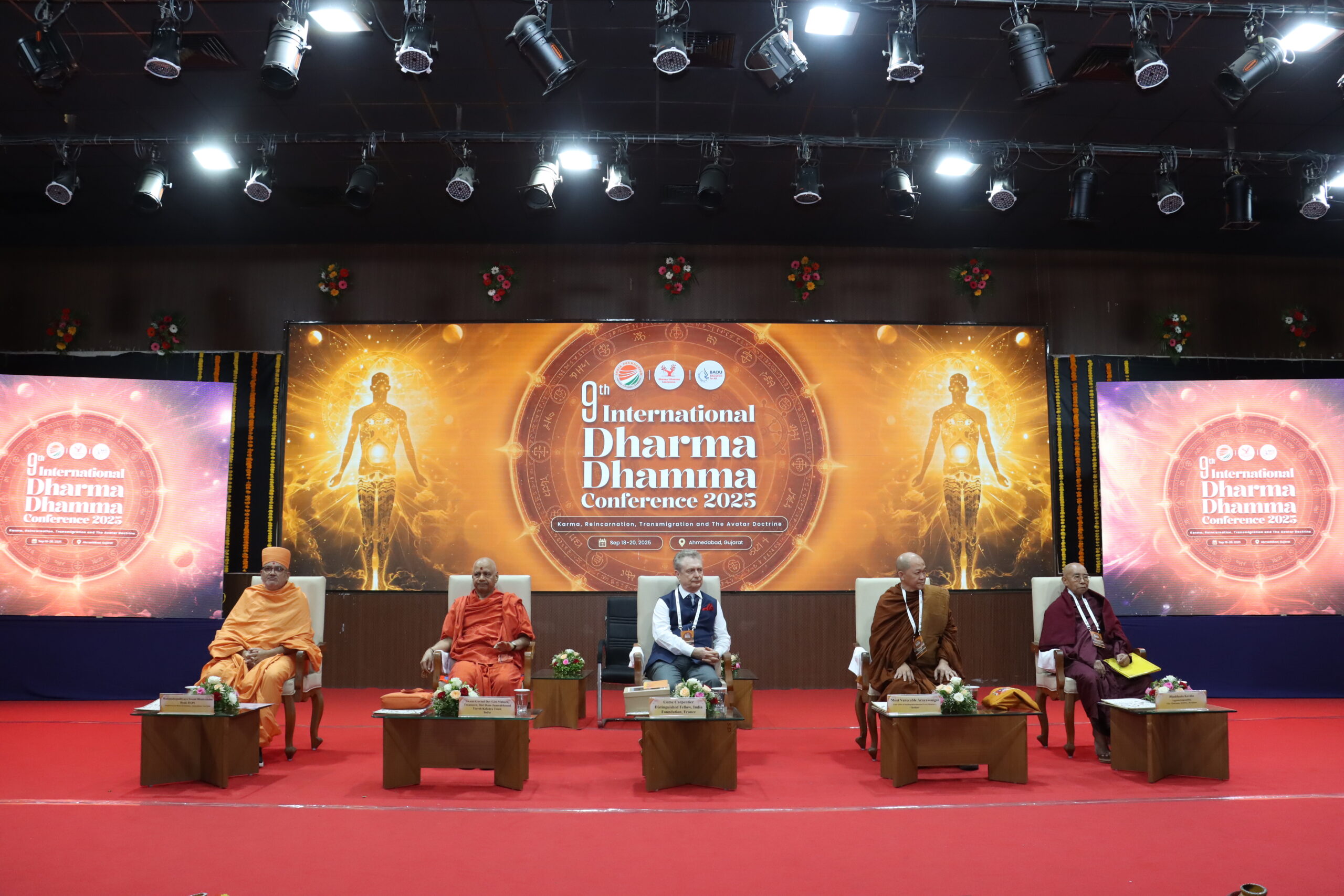~ By Bhushan Kumar
With a roaring lion in its backdrop, Make in India (MII) – one of PM Modi’s most ambitious program – was launched almost 10 months ago. Aimed at giving a thrust to 25 key manufacturing sectors (including automobiles and pharmaceuticals), MII has an underlying theme of promoting green and advanced manufacturing. Naturally, this entails a huge opportunity for job creation and skill development across these sectors and their allied industries. There has been a strong voice of support from various sections of the organized sector in this regard; however, things have moved at a snail’s pace and not much has been achieved on-the-ground in this direction over this period. Perhaps, looking at this program merely for improving India’s manufacturing methodologies could be myopic and limiting its true potential. Instead, MII’s true objectives have to juxtapose with India’s brand globally. MII has to be seen more as a ‘value chain management’ program than merely a mode for attracting further capital investment.
Manufacturing sector has always been an Achilles’ heel for the Indian lawmakers. From Nehru’s time of laying of industrial foundation to India’s decades of license-permit raj and Narasimha Rao’s era of liberalization, this sector has continued to be in a constant cycle of troughs and crests. Giving it a fresh lease of life after the demise of UPA-2 and with a view to make India the global manufacturing hub, PM Modi has tried to leverage on his experience of Vibrant Gujarat by unveiling the MII scheme. As mentioned elsewhere, this scheme is towards making the environment congenial for these sectors to flourish and take the next decisive step in improving their health. Strong and clear signals across the verticals of the Government and the bureaucracy have accompanied the implementation of the MII program. And the industry has responded equally encouragingly.
A series of organizations have publicly supported the cause and pledged their efforts to this goal. However, a past trend of such blink-a-miss show of hands provides fodder for the critics of MII. The Economic Freedom of the States of India 2013 report, put together by the Cato Institute and Indicus Analytic, estimated that the Indian average for what is basically a promise-to-projects metric comes out to about 6 percent: which means, that in the states evaluated in 2010-11, only 6 percent of all the amount promised actually turned into investment. Mere investment proposals or securing expressions of interest will continue to make hollow news headlines. What is it that can raise this realization rate to relatively acceptable levels, under the MII regime?
Perhaps the answer lies in the fair gap between the intention of the Government and the comprehension of the market players. The market players continue to believe that MII is limited to play of numbers on capital investment tables, and increasing the immediate job opportunities. This, in the author’s opinion is lack of foresight and discernment. What the Government intends through MII is not a mere increase in flow of capital investments into various greenfield and brownfield projects. Instead, the Government is concerned with creating a base, where the highest value addition happens within the geographical boundaries of this vast nation.
With a colonial hangover, India has over decades been a major exporter of resources. Having regard to the economics of value chain, it can be seen that India has always been at the losing end of this process. Taking a leaf out of China’s meteoric economic rise, Modi has clearly understood the dynamics in play on the global platform. With the MII programme in place, this Government intends to promote the adoption of various links of the value chain within India. Apart from enhancing the much needed foreign exchange reserves, it will contribute to the development of a very strong and dependable brand: India.
A question arises as to how a brand would be developed by mere vertical integration. Ask any of the India Brand Equity Foundation (IBEF) officials, and they will tell you that it is never about manufacturing alone. The answer can be sought by asking the markets for examples. Look at any of the large conglomerates in India (ITC, Mahindra) or across the world (ABB, Unilever), and one knows why India must replicate this across sectors to re-engineer its own brand. A Calvin Klein brand may get its products manufactured in the Asian countries, but it is the brand that enjoys the highest share of the value, in the entire process of manufacture.
It is exactly also the reason why a product ‘Made in USA’ or ‘Made in Taiwan’ catches more attention than ‘Made in India’, even two decades after economic liberalization. By creating a wide portfolio of value additions and ensuring highest standards in the manufacturing processes, a brand will have to be gradually woven in India’s economic fabric. In due course, there will be a noticeable upliftment of the entire industry, causing great benefits to its allied industries as well.
A growth in the vertical integrations will have far reaching consequences to allied industries, which play the role of the indispensable walking stick. Take for instance: an excellent initiative in this direction could perhaps be bringing the manufacturing of shipment containers to India (as was recently indicated by a senior government official). Currently, manufacturing contributes to 50% of India’s exports, and a smart investment in allied industries such as container manufacturing, will definitely help in retaining the value within the country leading to an overall economic boost.
Obviously, this solution is easier said than implemented. Sifting through the bureaucratic shackles and getting environment clearances are reasons for widespread angst.
To raise the turnaround ratio between promises and projects, and to cause a systemic change for achieving an economic freedom, an intense fervour is needed in this direction. If the Government intends to make even the actors at the bottom of pyramid active participants in this huge brand building exercise called MII, it must spread the intent of MII – and not merely limit itself to the operational implementation. India needs to build a brand that is not merely a product of a catchy design or logo, but a result of reliable and consistent value addition process.
Bhushan Kumar is a Young India Fellow (2014-2015) at the Ashoka University. The views expressed are his own.



